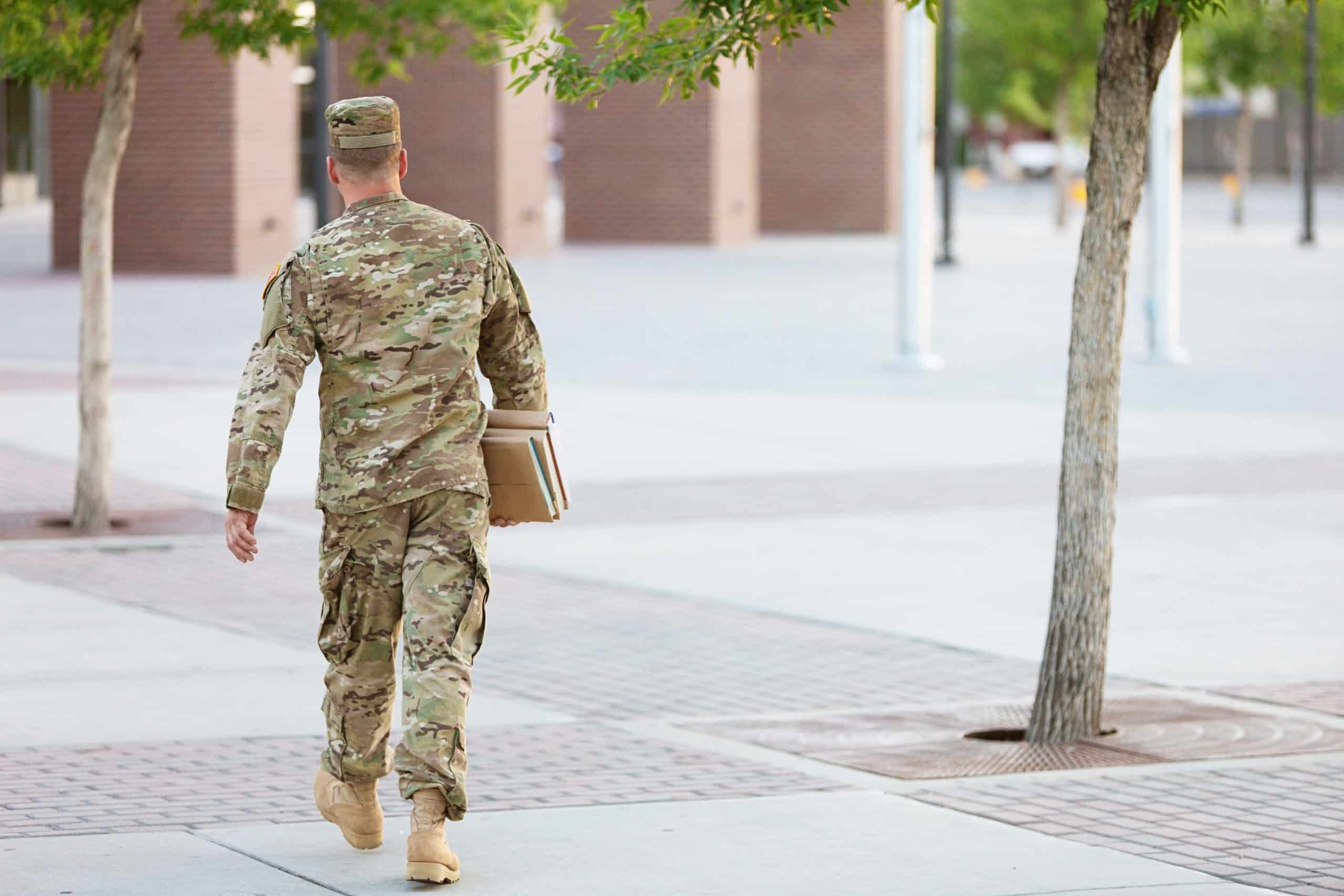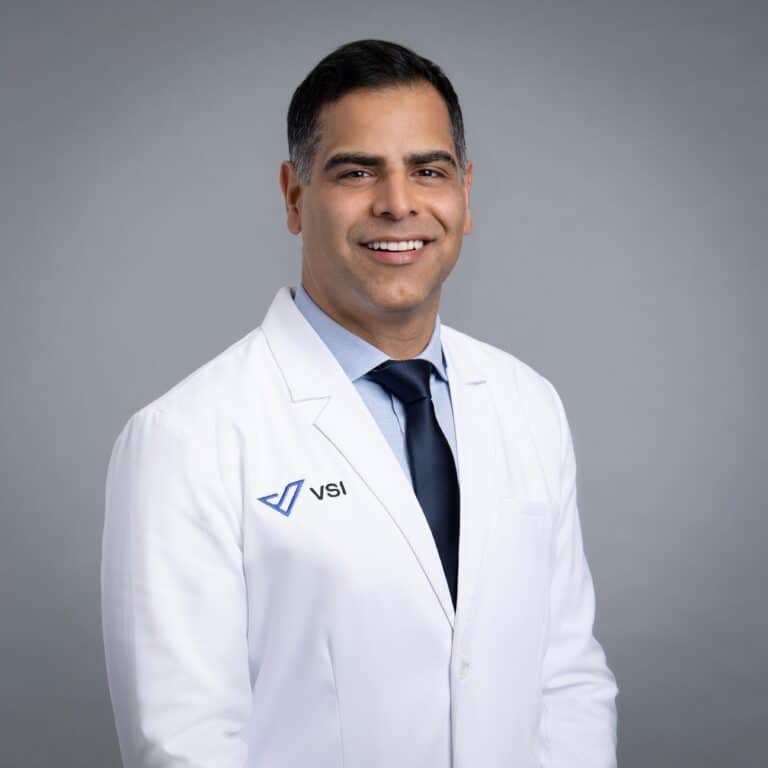
Army Veteran, Close to Being Paralyzed, Receives Life-Changing Surgery
As we head towards Veteran’s Day, there’s growing recognition (NIH Study) of the problems back pain causes for military members and veterans. The Army is now trying out a new element of uniforms to help alleviate back pain in its ranks because it’s so common that it significantly impacts operations, causing more than 1 million lost or limited soldier service days every year.
Victor is well aware of this. The graphic designer/artist did two tours in the Middle East that left him with neck pain so debilitating, he couldn’t work or paint. When he finally reached out for help, he learned he was close to becoming paralyzed. He’s since had neck surgery and is back to painting. He also now advocates for veterans to take neck and back pain seriously and seek help – rather than pushing through it and living with the pain.
Listen to the Podcast:
Victor, an Army veteran who did eight years in the military and two tours of duty in the Middle East admits that during his military career, the pain became something he just thought he should live with.
“It was just the way life was. You get injured, you fall, you’re driving and have an accident and then you get up and clean yourself up and just continue with the mission. But after a while, all those pains added up and it was really difficult for me to continue my life with that pain,” “the 39-year-old says.
His pain was the worst in his neck, which became challenging after the military when he became a graphic designer professionally and an artist. “I’m an artist by heart and when I was doing art, sitting down or standing and moving — it got to the point where I realized the pain wasn’t normal. It was shooting to my left arm and felt like needles tingling. My fingers were going numb. Walking was difficult and the pain was shooting down my left leg. I couldn’t just sit down or talk to people or enjoy the things that I really love and that’s when one of my friends said — Victor this isn’t normal. You need to go to a doctor for help.
Victor eventually found his way to me. By the time he got to me, I diagnosed Victor with spinal cord disease. He had significant compression on his spinal cord, was losing function in his hands and it was impacting his ability to walk. If he had kept putting it off, he could have potentially become paralyzed over time. Victor waited so long for help — surgery was required to address his issue. He was scared but pushed ahead and says he knew as soon as he woke up after surgery that things were better.
“They told me some people, as soon as they wake up, feel relief and that was exactly my scenario. I woke up after our surgery, opened my eyes, and was like, okay, everything’s fine,” Victor says. “All the pain in my arm and everywhere else was gone. My first thought was — Oh, my God, I should’ve done this a long time ago, you know?”
It’s incredibly important to talk to and with men about the importance of prioritizing their spine health and focusing on early detection and treatment rather than trying to push past pain or let problems linger. Studies show many men aren’t great about getting help when they need it. In fact, research indicates men tend to have negative attitudes about going to the doctor. One study found nearly 2/3 of men (65%) avoid going to the doctor as long as possible. 37% even say they withhold information from their doctors… because they aren’t ready to face the truth of a potential diagnosis. Men are also more likely to live with pain, even terrible pain, for a lot longer than women typically do. The CDC says men are three times as likely as women to have gone without a visit to a doctor or a health care provider in the last five years.
Looking back now — Victor wonders why he waited so long for help and wants to encourage other men not to wait as long as he did. “I have those conversations with myself, like, Victor, why did you do this? I don’t know. I feel like men are taught to suck it up, right? My mentality was – I can do this. I can live with pain. Pain became a normal part of my life but I know now nobody needs to live like that.”
It’s important to know that while surgery can be needed when the problem is really advanced, in 90% of cases at our practice at least — surgery is not required. There are lots of other ways to treat pain from regenerative medicine to physical therapy. If surgery is needed — it’s not anything to fear. Spinal technology and techniques have dramatically improved over the years — many are minimally invasive and recoveries are so much faster and easier than they used to be.
“I want to tell other men dealing with back or neck pain — don’t wait,” Victor says. “Don’t leave your pain get worse and don’t live like that. There are professionals out there like VSI. Go see them and get better so you can get back to doing what you love too.”
It took Victor a few weeks to heal and since then, he says he feels like a new person. Most importantly — he’s back to painting again.
“I’m telling you, I don’t feel the pain that I had before — the pain that made me cry so many times. That’s gone. When I feel inspired and have an idea — I can put on my music, be in the moment and paint for long hours and I won’t have pain. It’s amazing and I’m so grateful,” Victor says.
As Seen on ABC 7:
Topics covered
About the Author
Featured Resources
Insights to Achieve a Pain-Free Life


